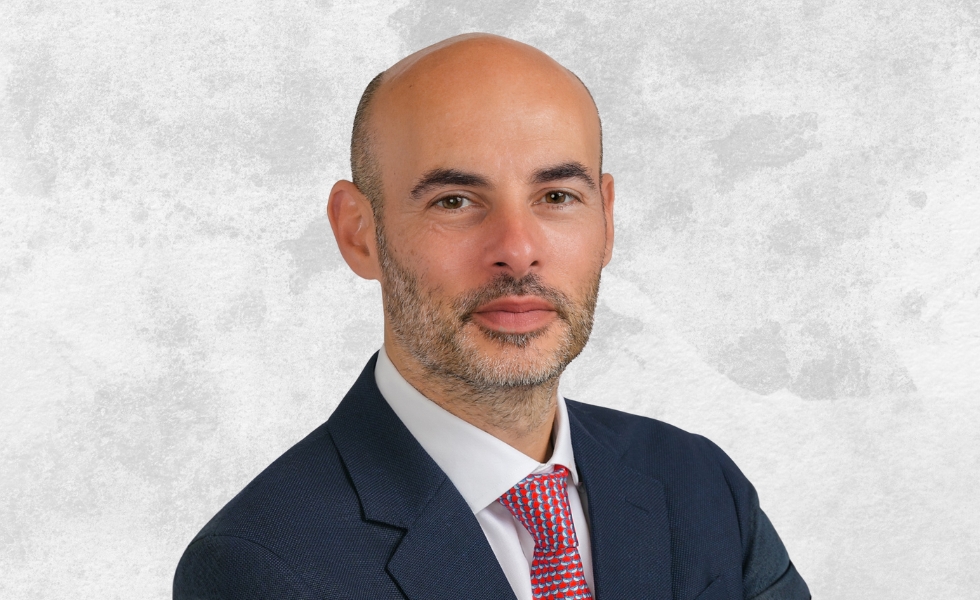Invesco: Entering real estate debt pays off for insurers
Invesco: Entering real estate debt pays off for insurers

Banks are scaling back their role in real estate financing, and insurers are well placed to fill that gap. Private real estate debt can offer stable income streams and align closely with long-term liabilities.
By Andrew Gordon, Head of European Real Estate Debt, Invesco
Private real estate debt was long considered a specialist field, but that time appears to be over. As banks retreat from property lending, a financing gap has emerged that insurers – with their robust balance sheets and long-term investment horizons – are well positioned to address. In 2024, whole loans offered average spreads of 305 basis points, compared with 160 for BBB-rated corporate bonds1. Security over underlying property can provide downside mitigation, and the loan can generate stable cash flows that match longterm obligations.
For insurers seeking a combination of higher yields and regular income, this presents an opportunity. Private real estate debt can provide predictable income with a risk profile that is more manageable than equities or alternative assets. In addition, loan maturities and cash flows align well with the long-term liabilities associated with insurance policies.
Market at a turning point
The outlook remains broadly positive. Real estate prices appear to have bottomed out after the correction, and eurozone interest rates have fallen. As a result, the spread between cap rates and interest rates is widening, which implies a more stable market and may lead to more investment liquidity.
The retreat by banks also means less competition in certain areas of the market, creating opportunities for institutional investors willing to commit to real estate lending for the long term. Unlike banks, which operate on shorter balancesheet cycles, insurers can benefit from their extended investment horizon.

Layers within the capital structure
Private real estate debt ranges from defensive senior loans to higheryielding mezzanine financing. Whole loans occupy a middle position: they cover a larger portion of the asset value than senior loans yet still retain repayment priority. For investors willing to take on a modest increase in risk, they can offer higher returns backed by firstmortgage security.
A Solvency II advantage
A key consideration is that private real estate debt can be treated favourably under Solvency II. Because these loans are secured, they can carry lower capital charges than equities or unsecured corporate bonds. That makes the asset class appealing not only from a return perspective but also in terms of balance-sheet efficiency. For insurers bound by stringent solvency requirements, this is a decisive factor.
While private real estate debt offers many benefits, it also requires rigorous risk management. Because of this, insurers typically partner with experienced asset managers who conduct thorough due diligence to mitigate these risks effectively. One area which particularly benefits from a partnership is the loan structuring itself, including covenants and prepayment penalties, as expertise here has a direct bearing on return profiles.
In structuring, the critical aspect lies in understanding what is available across various markets and identifying what should be avoided. Without experience of enforcing loans in different jurisdictions, it remains difficult to anticipate potential pitfalls and therefore challenging to establish absolute requirements. One illustrative example is Italy, where past challenges have highlighted potential complications, leading to the adoption of a structure offering alternative enforcement routes, including a contractual mechanism to directly manage the underlying properties.
A typical lender may prioritise the credit metrics of a loan, and while these are significant, it must always be remembered that the loan is secured by a property, regardless of what the credit metrics might indicate. Repayment depends on the liquidity and marketability of the asset when the time for sale arises. Local market dynamics cannot be adequately assessed from a distance. In several instances, initial reviews of loans with strong credit metrics have been followed by feedback from local teams indicating a lack of buyers for a specific lot size in a particular loca- tion, thus raising concerns about a successful exit. Having direct engagement with the market is therefore fundamental for maximising the chances of a favourable outcome.
Comparison with other investments
For many insurers, the question is not whether to include private real estate debt, but how much. Compared with corporate bonds, these loans can offer higher spreads for similar risk levels. Relative to residential mortgages, they often have shorter maturities and more flexible terms. And unlike equities, which can experience sharp price swings, private real estate debt can deliver steady income that is relatively uncorrelated to many other asset classes.
Private real estate debt can also stack up well against private corporate credit due to the strength of the underlying collateral. As such, private real estate debt bridges the gap between traditional bonds and private credit.
Europe lags behind
Reflecting on the potential size of opportunities within the European real estate debt market, the European market is relatively small compared to that of the US. Alternative lenders in Europe have 10% of market share, compared with over 40% in the US. This highlights the considerable potential for further expansion of alternative lenders within the European market.

Outlook
In the coming years, Europe’s market is expected to mature further. New entrants are joining the field, and investors are becoming more aware of the role property lending can play in portfolio diversification. The drive to decarbonise real estate will require substantial investment. For insurers, this presents opportunities to enhance portfolio value, achieve stronger returns and align investments with sustainability goals.
Strategic decision
Private real estate debt has the potential to become a core component of insurers’ investment strategies. The combination of higher returns, income stability and alignment with longterm liabilities is difficult to find elsewhere.
Insurers therefore face a strategic decision: enter the market now and fill the gap left by banks, or leave it to other players to capture the opportunity. In an environment of scarce stable income and growing demand for diversification, standing still may be the greatest risk of all.
|
SUMMARY As banks retreat from real estate financing, insurers can fill the gap with secured loans that match their longterm liabilities. These loans tend to offer wider spreads and stable income, while capital requirements under Solvency II remain modest. The market is still developing; now may be an opportune time for insurers to enter. |
1. Bloomberg and the FY Bayes Report 2024










